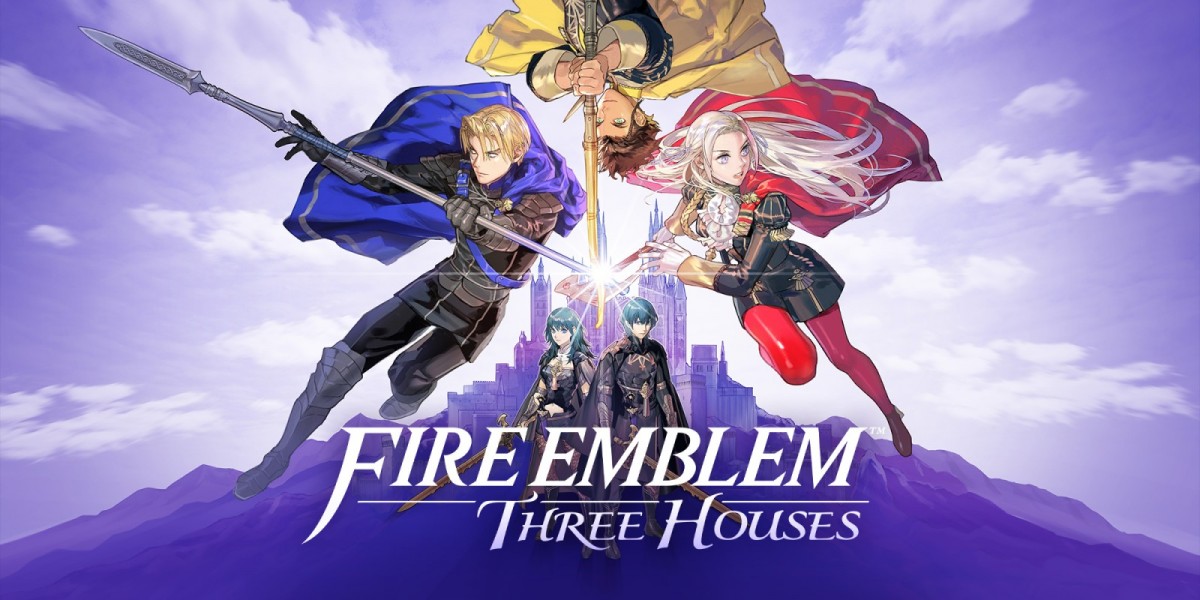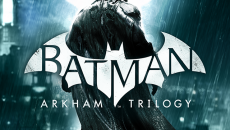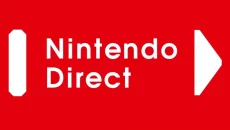“Three Houses” is the first “Fire Emblem” game for a home console since 2007. (Photo courtesy of Nintendo)
Vernon Gibbs
Connector Staff
Turn-based strategy games are hard to come by these days. Whether they are falling into obscurity because of other genres, or because its games are just bad, the genre has failed to gain widespread success. “Fire Emblem: Three Houses” is a notable exception. Released on July 26 for the Nintendo Switch, Intelligent Systems and Koei Tecmo Games breathed new life into the “Fire Emblem” series with staggering effectiveness, becoming the largest selling title in the series and having three times the sales as the last title. It is for good reason that “Three Houses” has this success, as it reinvigorates both “Fire Emblem” and turn-based strategy games as a whole.
“Fire Emblem” has always been a top-down strategy game, with the player taking turns with the enemy to move and attack units across a map. The player’s units level up, change classes, and gain new abilities to fight even better. This core gameplay has not changed in “Three Houses” but can also be considered only a single component in the whole game. Now, in between battles the player is given the opportunity to manage their units, a class of students, throughout their studies and free time. Schedule lectures, exercises and free time in a time management system reminiscent of the “Persona” series. It has also through this free time that the player’s students are given the opportunity to flesh out their own character, something that is sorely missed in most recent “Fire Emblem” titles. Support conversations and story dialogues are vastly better than what they once were and manages to maintain a cast of varied characters without (most of) them becoming flanderized. The very same personal attachment a player gets translates perfectly back to the main gameplay of the battle, helping keep the player motivated and interested in the story.
The story itself is also very strong, if not dense. Dividing the story into three paths – three houses – for the player to choose right from the beginning adds a level of replay-ability, both for unlocking new parts of a story or for the gameplay aspect of starting with different students. Each of these paths focus on one geopolitical location in the game’s world, Fodlan. These three areas, the Kingdom, Alliance and Empire, are all represented through these paths for the player. It allows the story to build at a comfortable pace and let others who want more story to play for longer. But that is the problem with this system – replaying. The first half of any path in “Three Houses” is largely the same as the others, with identical maps to fight through and the same plot points. The recycled maps and enemies continue throughout the second half, and even when one gives credit for packaging it all in the same game, this style of storytelling pads itself with excessive gameplay and can become more of a chore to get through when wanting to reveal anything one might have missed by playing another path.
Despite how enjoyable it is to play “Three Houses” the way it is supposed to be, there remains the issue of being unbalanced. The new student system introduces a way for any unit to specialize in any weapon, to be in any class. It just so happens that there is also been balance changes to weapons and classes, making mounted and ranged units much better as an all-around unit than infantry could be. What is supposed to help keep playthroughs more diverse only encourages the player to stick to these powerful units – after all, there is little to stop them. Another added mechanic to “Three Houses” that messes with balance is a new proficiency, authority and the introduction of battalions. Battalions effectively work as an equip-able item for a unit, providing stat buffs and a limited-per-map ability. It is relatively harmless but is still prone to exploitation. The stat buffs become stupidly high after reaching a point, and stride warping can potentially end maps in a single turn. Once again, there is little stopping the player. While on paper “Three Houses” is a fun game to playthrough, after the first path the player finds themselves breaking the game and any enjoyment out of it in the effort to get on with a padded storyline.
And yet one can still love “Three Houses.” Its flaws, which hurt it in the long term, only come into play after the player has already had the time to enjoy the best of what it had to offer. Anybody who has played turn-based strategies or can appreciate a good hybrid of gameplay and story can come to love “Fire Emblem: Three Houses.”
Final Score: A




